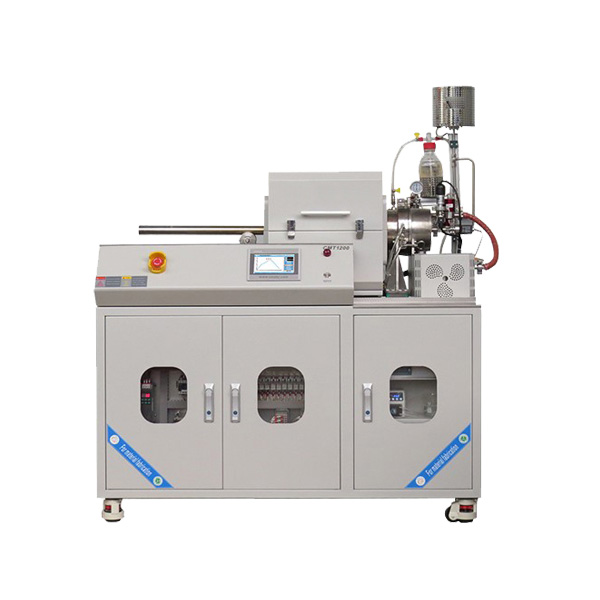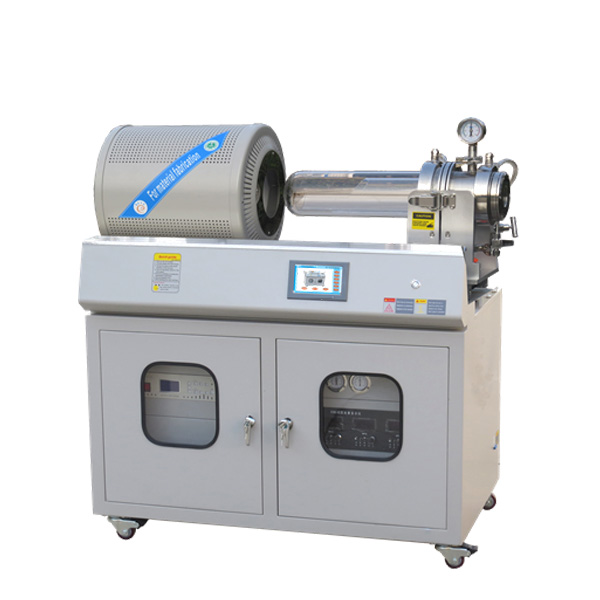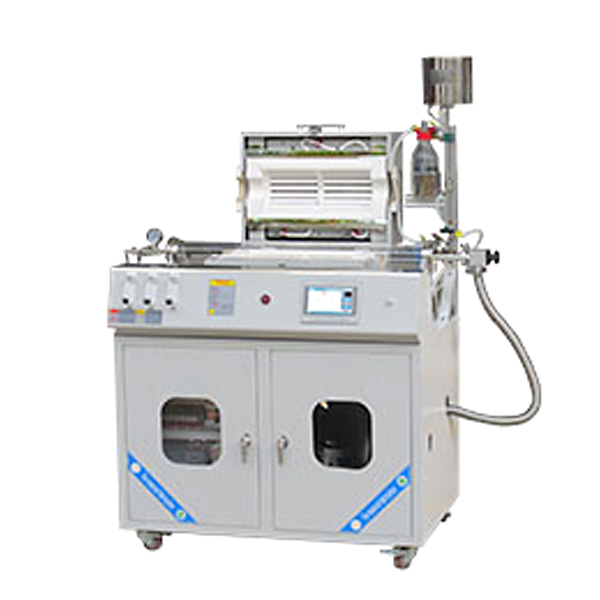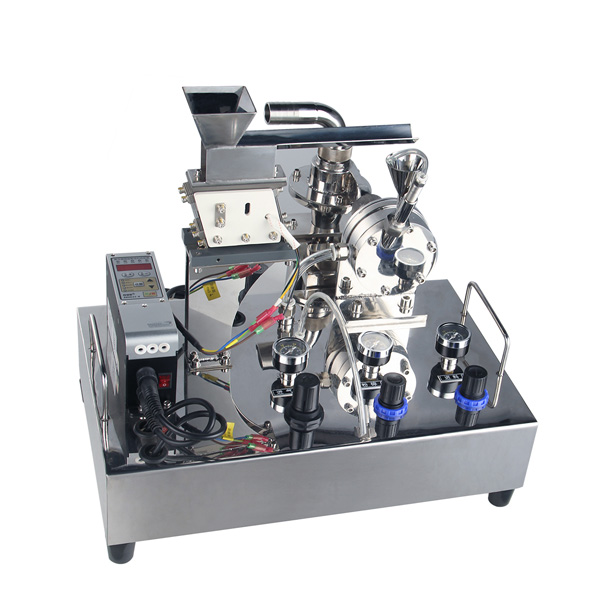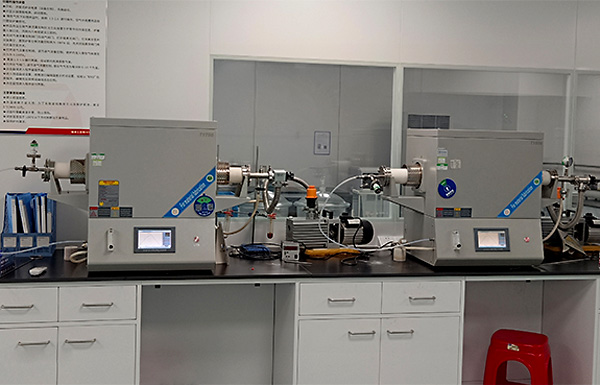Table of Contents
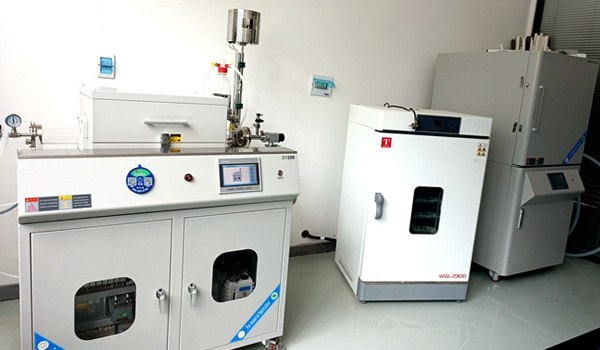
A hydrogen reduction furnace is a specialized high-temperature device used for reduction reactions, where hydrogen gas acts as a reducing agent to convert oxides into their corresponding metals or other reduced forms. Here are the main applications of hydrogen reduction furnaces:
Metal Powder Production:
In powder metallurgy, hydrogen reduction furnaces are often used to reduce metal oxides to pure metal powders. These powders are used in applications like 3D printing, hard alloys, and magnetic materials.
Magnetic Material Preparation:
In the production of rare earth magnetic materials, such as neodymium-iron-boron (NdFeB), hydrogen reduction furnaces are used to reduce rare earth oxides to their corresponding metals, facilitating the creation of high-performance magnetic materials.
Ceramic Materials:
Hydrogen reduction furnaces are used in the sintering and reduction treatment of certain ceramic materials to improve their electrical conductivity and mechanical properties.
Catalyst Preparation:
In the chemical industry, hydrogen reduction furnaces are utilized to prepare metal catalysts, especially when high-purity and highly active metals are required.
Semiconductor Materials:
These furnaces are used in semiconductor manufacturing for the purification and doping of semiconductor materials like silicon and germanium.
High-Temperature Alloys:
Hydrogen reduction furnaces are employed in the production and processing of high-temperature alloy materials, which are widely used in aerospace, energy, and other high-tech fields.
Surface Treatment:
The furnace can be used for the reduction treatment of metal surfaces, removing oxide layers or improving surface properties.
These applications highlight the critical role of hydrogen reduction furnaces in materials science and industrial production, especially in cases where high-purity and high-performance materials are essential.
Recommended Hydrogen Reduction Furnaces:
Click here to learn more about hydrogen reduction furnaces!

